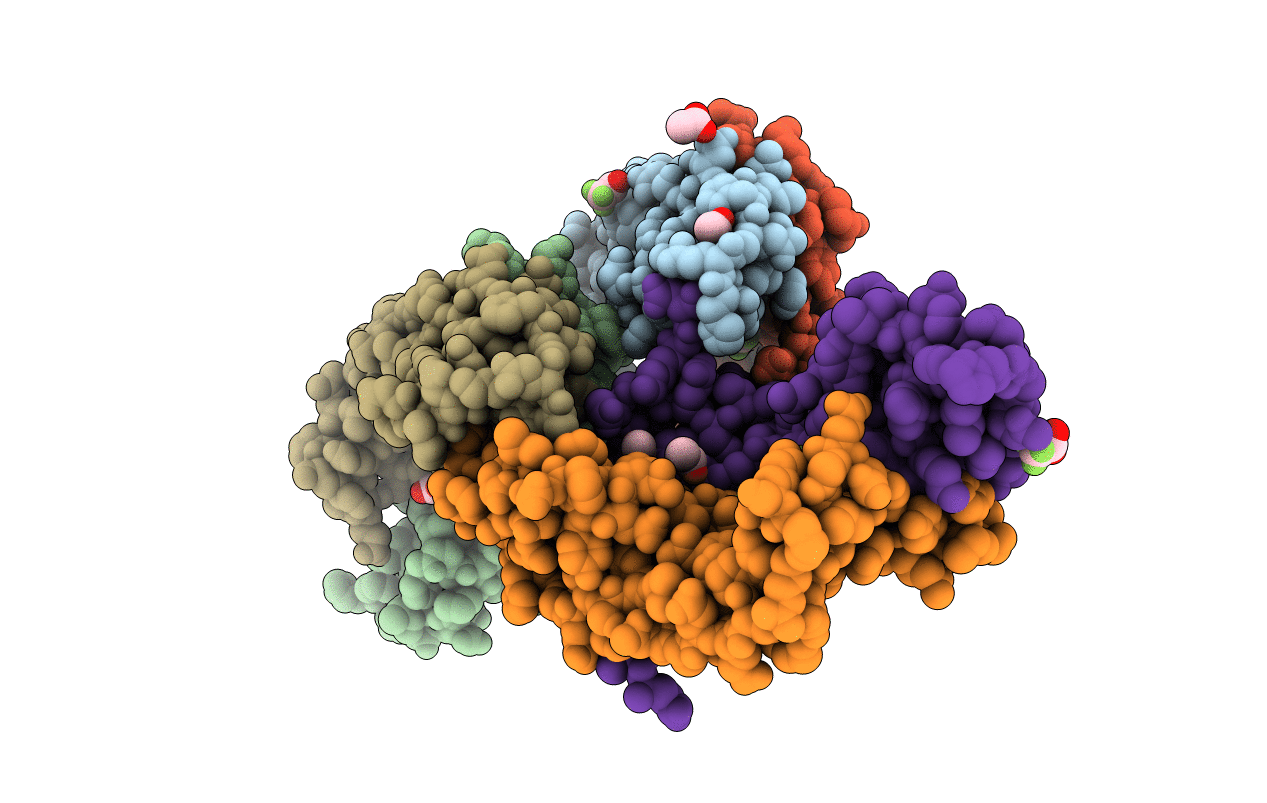
Deposition Date
2012-08-14
Release Date
2012-09-05
Last Version Date
2024-11-27
Entry Detail
Biological Source:
Source Organism:
Method Details:
Experimental Method:
Resolution:
1.90 Å
R-Value Free:
0.20
R-Value Work:
0.17
R-Value Observed:
0.17
Space Group:
C 1 2 1


